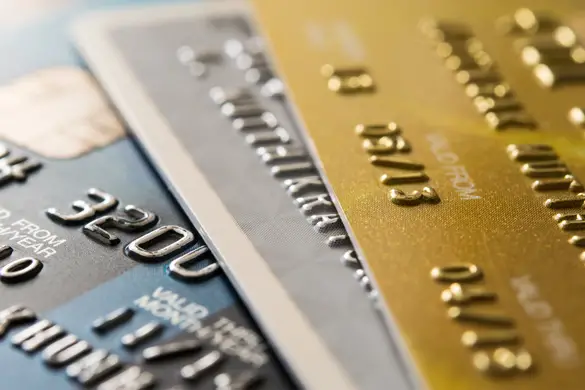
There are several steps to accepting credit card payments with Quickbooks desktop online. Since many customers don’t carry cash and checks take a long time to process, business owners increase revenue using QuickBooks to accept credit cards. In fact, several of these owners lower processing fees and pass more information through points-of-sale by implementing QuickBooks credit card integrations. As a financial professional, minimize QuickBooks credit card processing fees, reduce costs, and interchange rates for qualifying cards using QuickBooks to accept payments. Read on to discover how to accept credit card payments using QuickBooks desktop online.
Partner With Payment Provider
The first step in accepting credit cards with QuickBooks is to partner with an integrated payment provider. Many of these integrations and providers improve payment process efficiency by enabling several QuickBooks modules to accept credit cards. These typically include the sales orders, refunds/credits, receive payments, and create invoice factoring modules. Often, payments are accepted entirely in-module once a payment method is selected. Surely, significantly reduce the complexity of the rest of the credit card acceptance process by partnering with an integrated payment provider as the first step.
Record Payment Receipt
Second, record customer credit card payments to accept them in QuickBooks online. Payments are recorded as sales receipts or outstanding invoices depending on your QuickBooks settings and preferences. Simply complete these forms as normal, except for the payment method field. If no invoice was issued, create a sales receipt instead of recording a payment received. Again, complete the form as normal except for the payment method. Then, fill out the payment method and date forms as normal. For the reference number field, enter the transaction number provided by your credit card processor so the transaction can be tracked. Lastly, deposit the payments to your QuickBooks Undeposited Funds account instead of your real bank account. Absolutely, enable data tracing and transaction records by recording your receipt of credit card payments.
Link Accounts
Linking various bank and credit card accounts is a third step to accepting credit card payments using QuickBooks. Start by navigating to the Account and Settings page. Then, click on payments, then connect. From there, fill out the forms with relevant information about your business, its owner, and business banking details. Once this information is submitted, QuickBooks must review it and approve you, which typically takes about 24 hours. If you’re not approved, find out why by contacting support. Certainly, provide more liquidity to credit card revenue by linking your bank accounts to QuickBooks.
Categorize Transactions
Next, start categorizing and organizing credit card transactions within QuickBooks online. Enter a date range for QuickBooks to search and import credit card transactions automatically. Next, determine a category for each entry and simply click add. This way, you ensure your credit card revenue reaches the proper accounts. Definitely, maximize cash flow efficiency using categorization to transfer funds to the right accounts.
Setup Recurring Invoices
Lastly, streamline credit card payment processing using several built-in QuickBooks tools. For example, reduce your workload on a monthly basis using recurring invoices on orders such as monthly subscription boxes or fees, annual fess, or repetitive orders. To create one, simply make a new invoice with your preferred settings. Under the payment options section, select make recurring. From there, determine how often the invoice recurs; weekly, bimonthly, monthly, etc. Of course, significantly improve credit card processing efficiency by implementing recurring invoices.
Accepting credit card payments with QuickBooks desktop online can be done in a myriad of ways. For example, start by significantly reducing the complexity of the rest of the credit card acceptance process by partnering with an integrated payment provider as the first step. Second, enable data tracing and transaction records by recording your receipt of credit card payments. Third, provide more liquidity to credit card revenue by linking your bank accounts to QuickBooks. Next, maximize cash flow efficiency using categorization to transfer funds to the right accounts. Finally, significantly improve credit card processing efficiency by implementing recurring invoices. When wondering how to accept credit card payments with QuickBooks Desktop Online, consider the steps described above.
 Business First Family Business, Accounting, Finance, Investing, Marketing And Management
Business First Family Business, Accounting, Finance, Investing, Marketing And Management